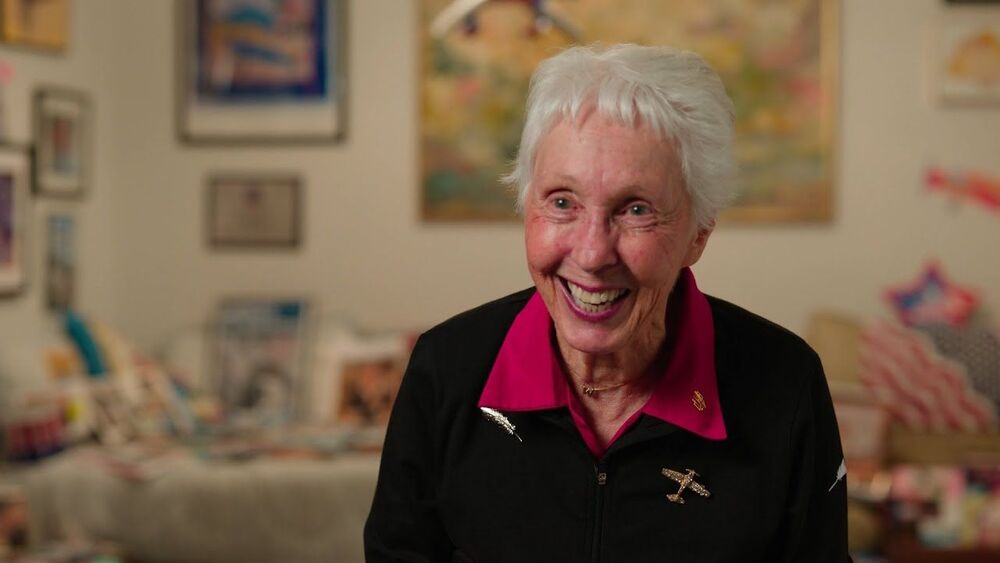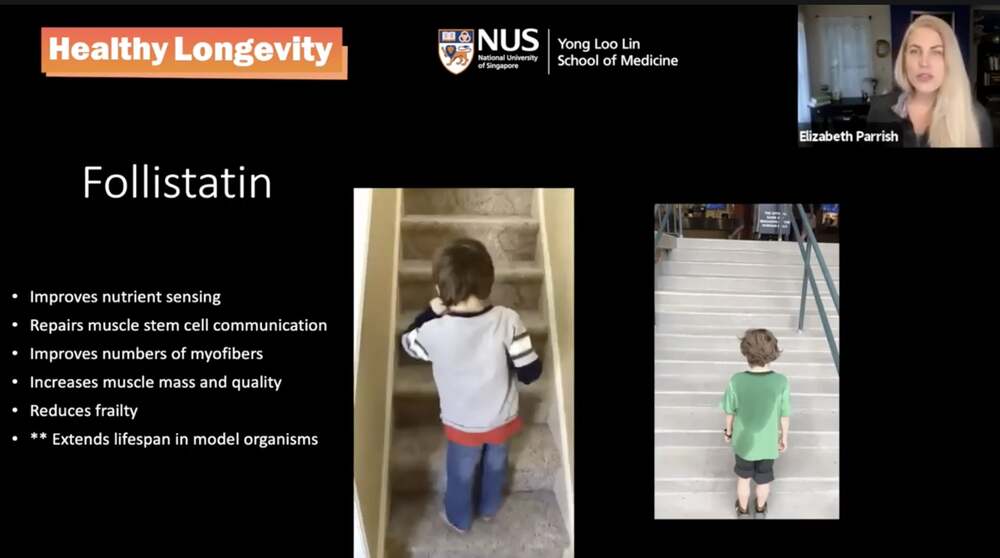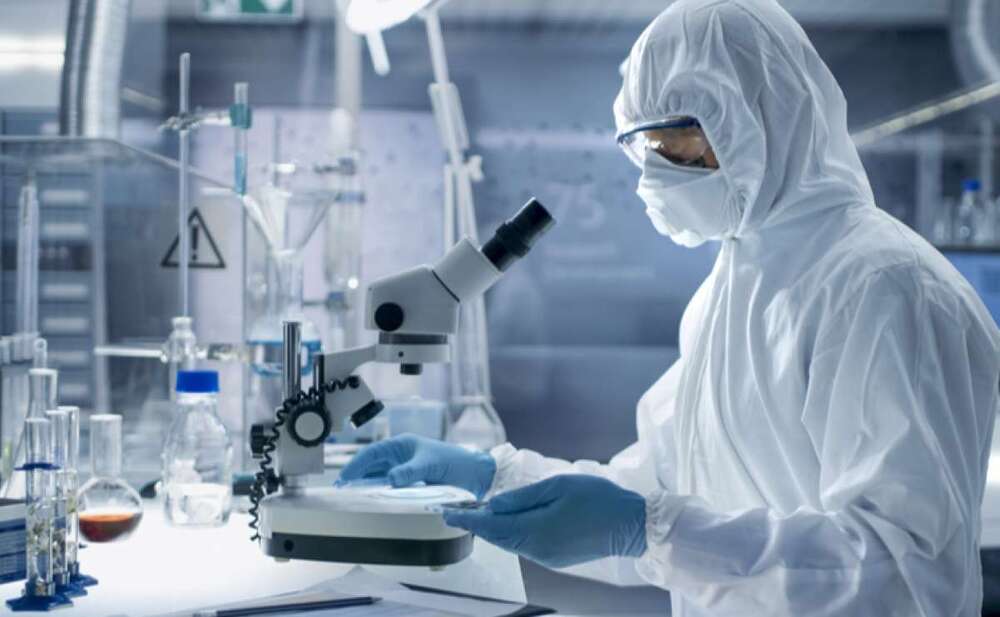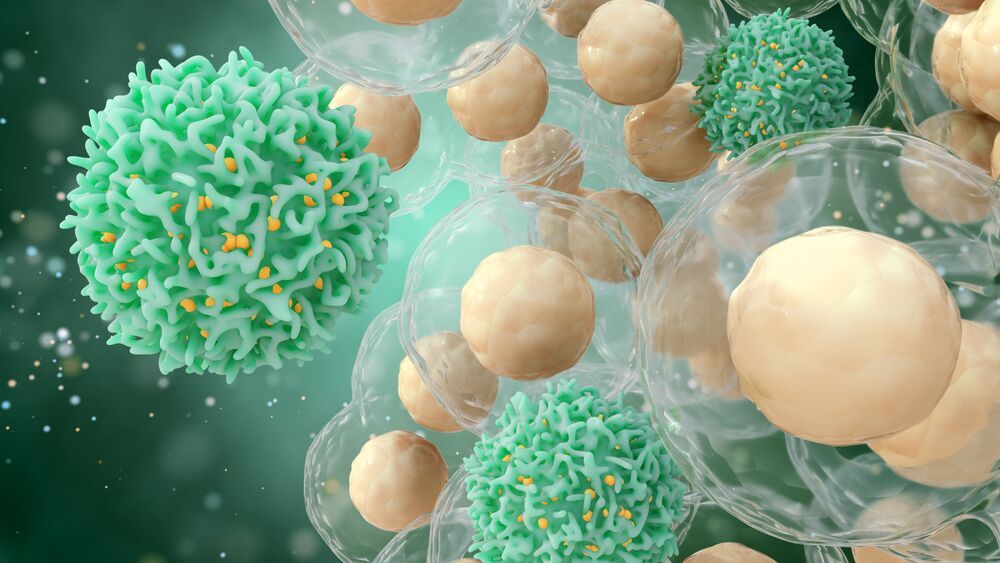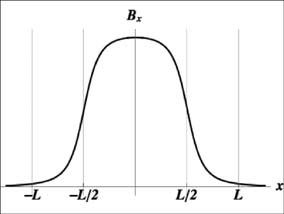Not everything that is true can be proven. This discovery transformed infinity, changed the course of a world war and led to the modern computer. This video is sponsored by Brilliant. The first 200 people to sign up via https://brilliant.org/veritasium get 20% off a yearly subscription.
Special thanks to Prof. Asaf Karagila for consultation on set theory and specific rewrites, to Prof. Alex Kontorovich for reviews of earlier drafts, Prof. Toby ‘Qubit’ Cubitt for the help with the spectral gap, to Henry Reich for the helpful feedback and comments on the video.
▀▀▀▀▀▀▀▀▀▀▀▀▀▀▀▀▀▀▀▀▀▀▀▀▀▀
References:
Dunham, W. (2013, July). A Note on the Origin of the Twin Prime Conjecture. In Notices of the International Congress of Chinese Mathematicians (Vol. 1, No. 1, pp. 63–65). International Press of Boston. — https://ve42.co/Dunham2013



